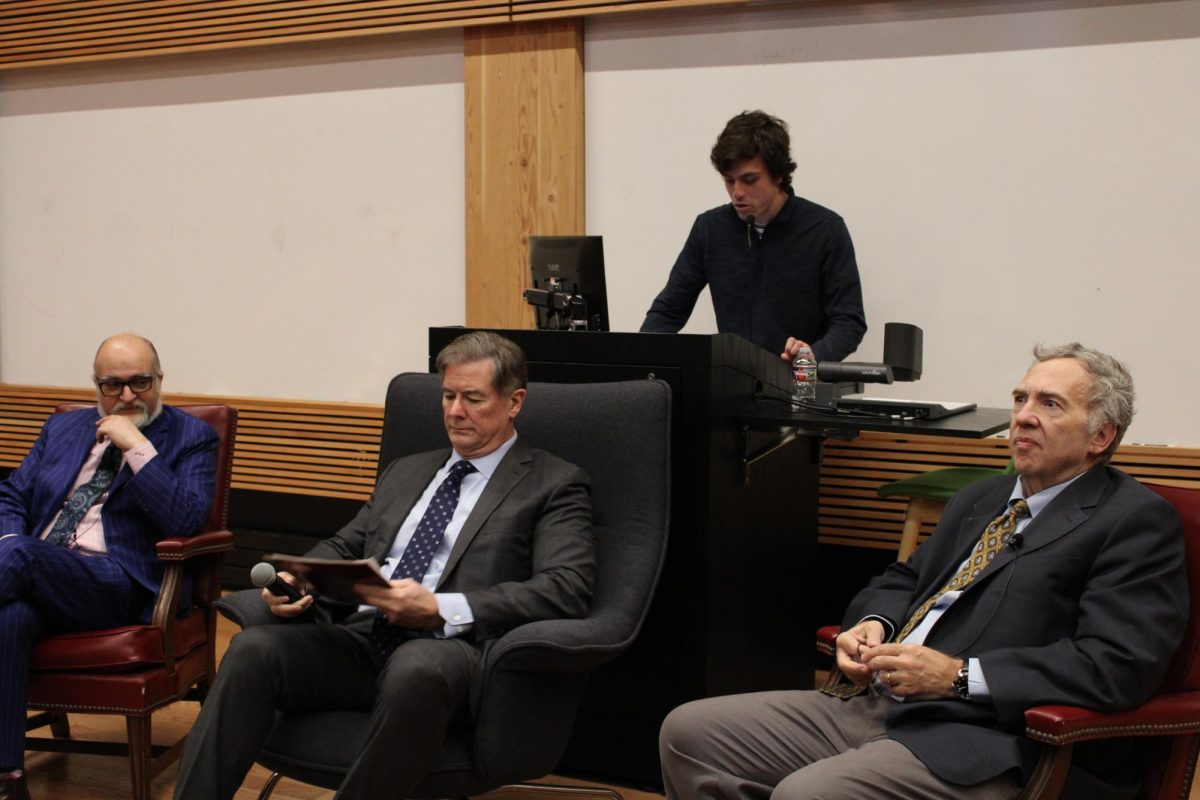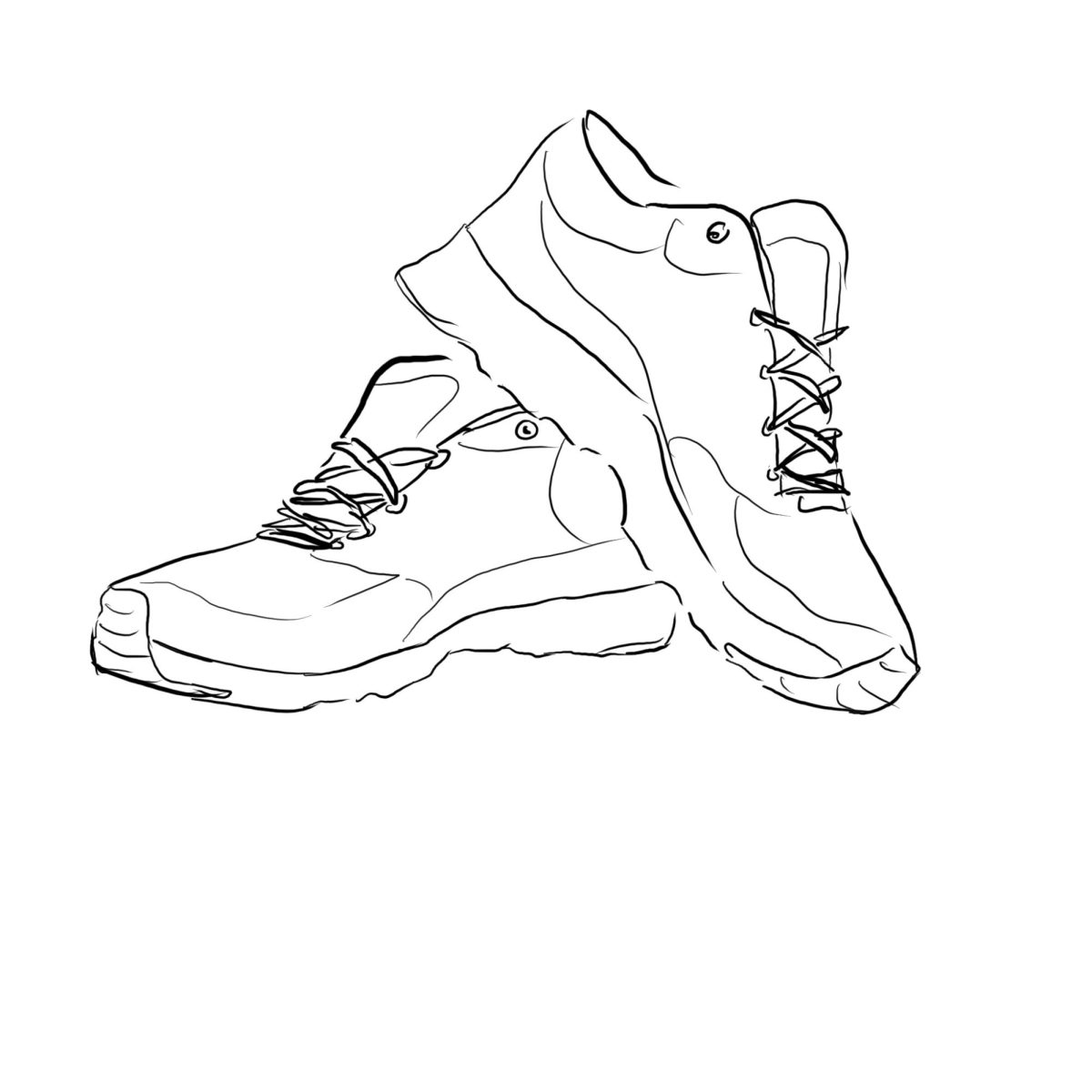Ernest Hemingway is known for many things, including his six-word stories. They are micro-fiction stanzas that rely on the economy of words to create a story. A notable example of this is perhaps his most well-known piece. “For sale: baby shoes, never worn.”
Vines, like Hemingway’s short fiction, are composed of six units. However, these units are seconds. To be honest, I was never really interested in Vine because I didn’t understand the appeal. Basically, the app requires two things of its users: the video must be loaded to the app provider and the video can only have a duration of six seconds. The videos are also looped. In an article on The Verge, reporter Casey Newton claims that the six-second limitation spurs creativity and acts as a stimulus for eclectic videos. Many efforts on the app resulted in art pieces.
Vine launched in 2012. When it first launched, the app became a cultural phenomenon; however, because other social media platforms have picked up video applications, Vine’s model is no longer novel. Instagram and Twitter have added video components to their apps, which permit videos longer than six seconds and allow for more material and content to be distributed.
Vines were heralded for their artistry, and some users even became famous after producing visually appealing or funny videos. If their videos had a lot of viewership, corporations would sponsor their content and pay them a fee for producing more.
Admittedly, my experience with the app is limited. The only concrete memory I have of watching Vines is actually not that concrete at all, because I can’t recall a single one. I do recall laughing and then blinking and then no longer comprehending what I had just seen. It’s almost like the Vines are a figment of the imagination: they’re there and then they’re not.
There’s also this really great Buzzfeed post that makes fun of Lush Bath Bombs and Vines. Bath bombs are a soap and sparkle concoction that, when thrown into a body of water, “explode.” Instead of throwing in a fizzy bath ball into a tub, people were throwing in things like toasters and potted plants as jokes and recording it through the app. The suspense of seeing a tap run water and a potato just thrown into a tub was ridiculous.
It’s sad to see things fade away. Instagram and Twitter outlived Vine because they expanded their scope and took over its territory. Vine was no longer needed. As a newer model takes precedent and supersedes the old, what was once prized fades from view. It’s sad to say that Vine has become out of date.
I’ll miss Vine, for its candid glimpses at life and its not so candid, fabricated artistic versions of life. I’ll miss the short six-second videos that tested storytelling by imposing a serious restriction to media. It’s nice to think a lot can be made from a little. Sometimes, though, people just want more.
Joy Lazarus is a senior art and communication double major.






